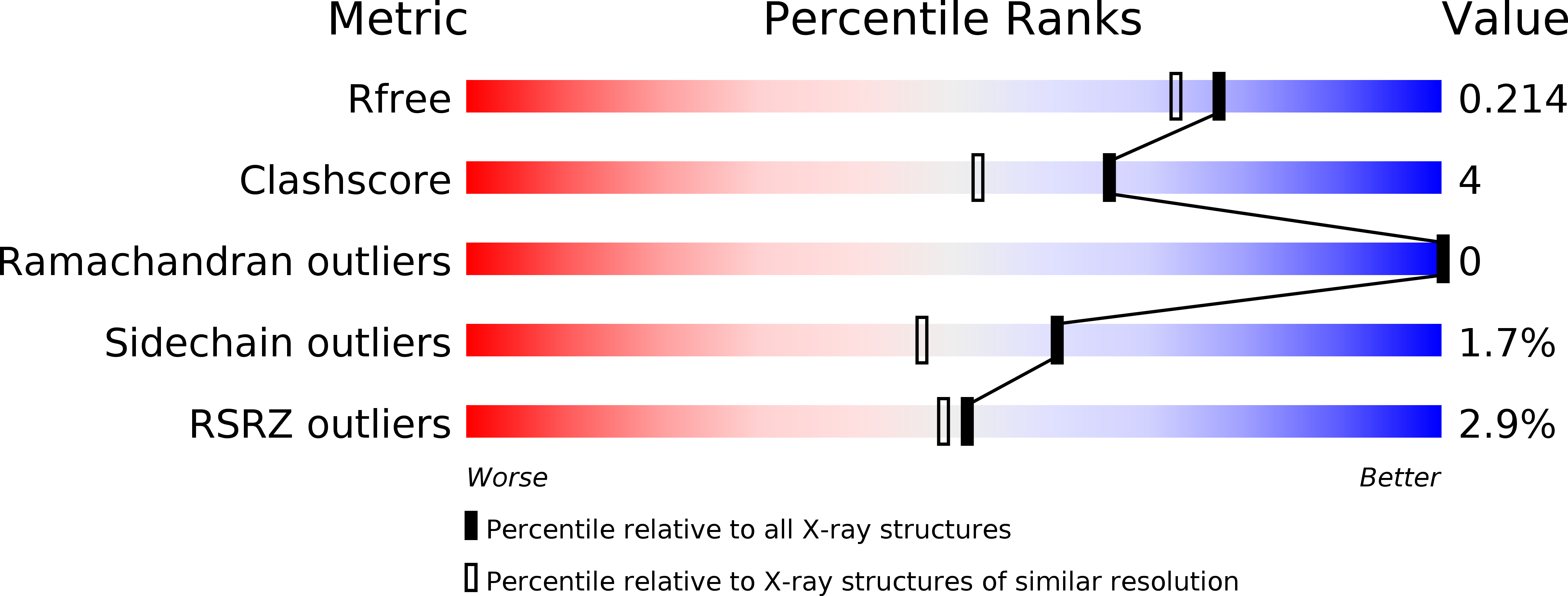
Deposition Date
2013-09-26
Release Date
2013-11-27
Last Version Date
2023-09-20
Entry Detail
PDB ID:
4MXR
Keywords:
Title:
Crystal structure of Trypanosoma cruzi formiminoglutamase with Mn2+2
Biological Source:
Source Organism:
Trypanosoma cruzi (Taxon ID: 5693)
Host Organism:
Method Details:
Experimental Method:
Resolution:
1.85 Å
R-Value Free:
0.21
R-Value Work:
0.18
R-Value Observed:
0.18
Space Group:
H 3


